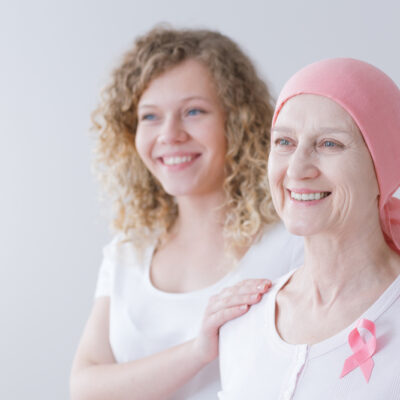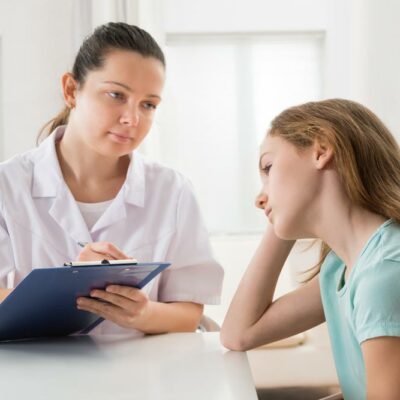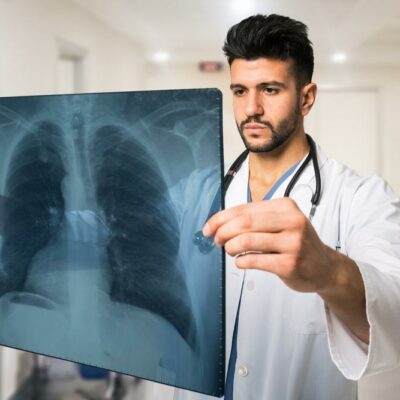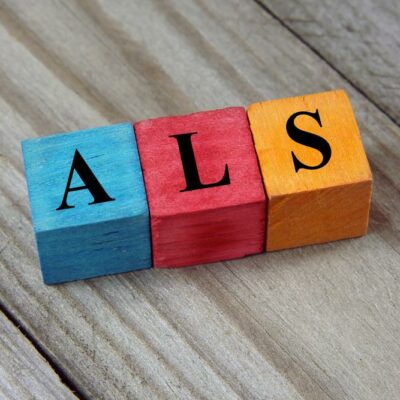
Health
Prime Types of Spinal Muscle Atrophy (SMA)
Spinal Muscle Atrophy, or SMA, is a genetic disorder that causes uncontrolled muscle movement due to the loss of the nerve cells in the brainstem and spinal cord. SMA is believed to be a genetic disorder that causes the motor neurons within the spinal cord to suddenly cease function. The symptoms of SMA differ depending on type and age, however, some symptoms do overlap (i.e., muscle weakness and weakness). The prime types of spinal muscle atrophy include: SMA Type 1 (Severe Stage): This type of Spinal Muscle Atrophy is very common and is very severe as well. This condition is present from the birth itself and in some infants, it is often seen between the age of 0 to 6 months. SMA Type 2 (Intermediate Stage): Between the age of 7 months to 18 months, the symptoms of this stage are going to appear. It is the legs of the child that are going to be affected more than the other parts like arms. In most of the cases, kids with Type 2 SMA will not be able to stand. Along with this, they are also more prone to respiratory infections as well. SMA Type 3 (Mild Stage): The symptoms of this stage can appear at any time between 18 months to their early adulthood.
Read More 















